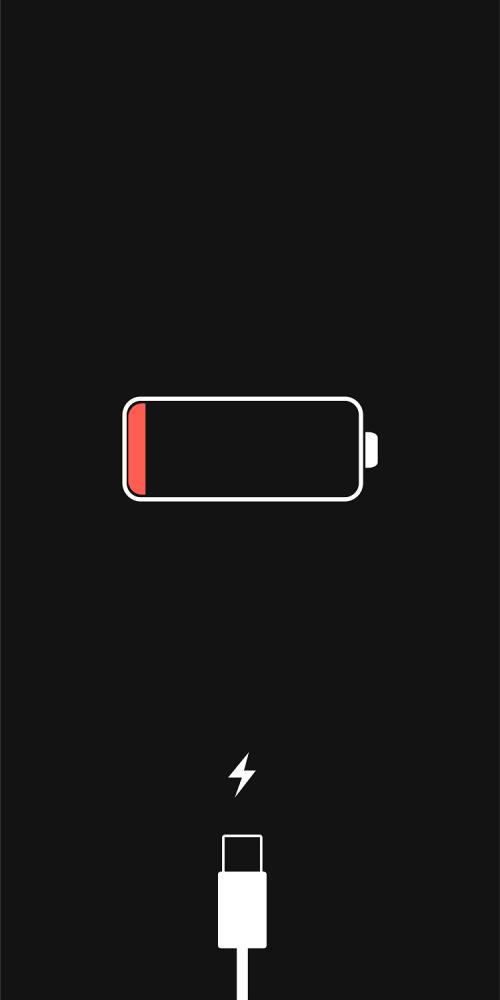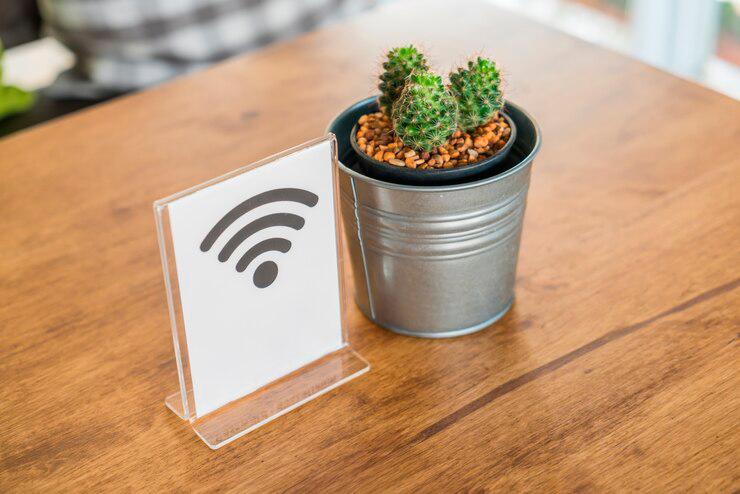MISINFORMATION spreads fast, especially when it comes to
technology and social media. Whether it is advice on charging your phone or staying safe online, myths can persist long after they have been disproven.
Let us clear up some of the most common misconceptions about battery life, cybersecurity and other everyday tech topics.
Myth 1: Closing background apps saves battery life
A widely believed myth is that closing apps running in the background saves battery life. However, on modern smartphones, this practice can actually do more harm than good. Both iOS and Android devices are designed to manage background apps efficiently and force-closing them may lead to higher energy consumption when reopening them.
Instead of frequently closing apps, adjust settings like screen brightness and background refresh rates to optimise battery performance.
Myth 2: Charging your phone overnight ruins the battery
Leaving your phone plugged in overnight will not destroy its battery, largely in part thanks to smart charging technology. Modern smartphones are equipped with lithium-ion batteries and feature built-in safeguards that stop charging once the battery reaches 100%.
However, keeping your phone plugged in for extended periods in high temperatures may cause gradual wear. To extend battery lifespan, try keeping the charge in between 20% and 80% whenever possible.
Myth 3: Macs do not get viruses
While it is true that macOS is less targeted than Windows, Macs are not immune to malware. Cybercriminals develop malicious software even for MacOS users and often trick them into downloading infected files or visiting compromised websites.
However, installing reliable security software, keeping the operating system updated and practicing safe browsing habits remain essential for all computer users – Mac or otherwise.

Myth 4: Public Wi-Fi is safe if it requires a password
Many assume that password-protected public Wi-Fi networks are safe, but this is not always the case. Even with a password, these networks are often shared by multiple users, making them vulnerable to cyberattacks like man-in-the-middle attacks or packet sniffing (also known as network sniffing, which refers to the process of intercepting and analysing data packets or network traffic as they travel across a network).
If you must use public Wi-Fi, avoid accessing sensitive accounts, enable HTTPS and use a virtual private network (VPN) for additional security.
Myth 5: Incognito mode keeps you anonymous
Many people believe that browsing in incognito or private mode makes them completely anonymous online. While incognito mode prevents the browser from saving history, cookies and temporary data, it does not hide your activity from the internet service provider, employer or the websites you visit. To truly enhance online privacy, use VPNs, encrypted browsers or privacy-focused search engines.
Myth 6: More megapixels mean a better camera
Smartphone manufacturers often advertise high megapixel counts, leading many to believe that more megapixels will equal to better image quality. In reality, factors such as sensor size, aperture, lens quality and software processing play a more significant role in mobile photography.
A camera with fewer megapixels but a larger sensor can produce clearer and more detailed images than one with a higher megapixel count and a smaller sensor.
Myth 7: You should fully drain your battery before charging
Older nickel-based batteries have a “memory effect” that required full discharges before recharging to maintain performance. However, today’s lithium-ion batteries do not suffer from this issue. In fact, frequent full discharges can degrade battery life faster. Similar to the second myth, keeping the battery charged between 20% and 80% is the best way to prolong its longevity.

Myth 8: More bars mean better call quality
Seeing full signal bars on your phone does not necessarily mean you will experience crystal-clear calls. The number of bars indicates signal strength but not network congestion. In a crowded area, even with full bars, call quality may suffer due to heavy network traffic.
Other factors, such as interference from buildings materials or weather conditions, can also impact call clarity.
Myth 9: Private social media accounts are completely secure
Setting your social media accounts to private does provide an extra layer of security, but it does not make them entirely safe. Hackers, phishing scams and data leaks can still expose personal information.
Always be cautious about the information you share, use strong passwords (a mixture of alphabets, numbers and symbols) and enable two-factor authentication for added protection.
Myth 10: You must let your laptop fully discharge before charging it
Like smartphones, laptops use lithium-ion batteries that do not require full discharges to maintain health. Regularly letting your battery drain to 0% can actually shorten its lifespan. Instead, aim to keep the laptop battery charged between 40% and 80% for optimal performance over time.
As technology constantly evolves, so will the misinformation surrounding it. Understanding how devices truly work can help you make smarter choices, along with avoid unnecessary concerns.









